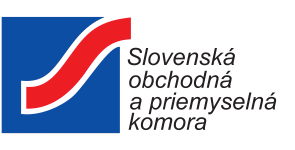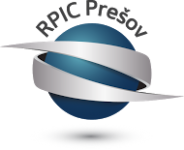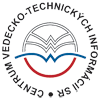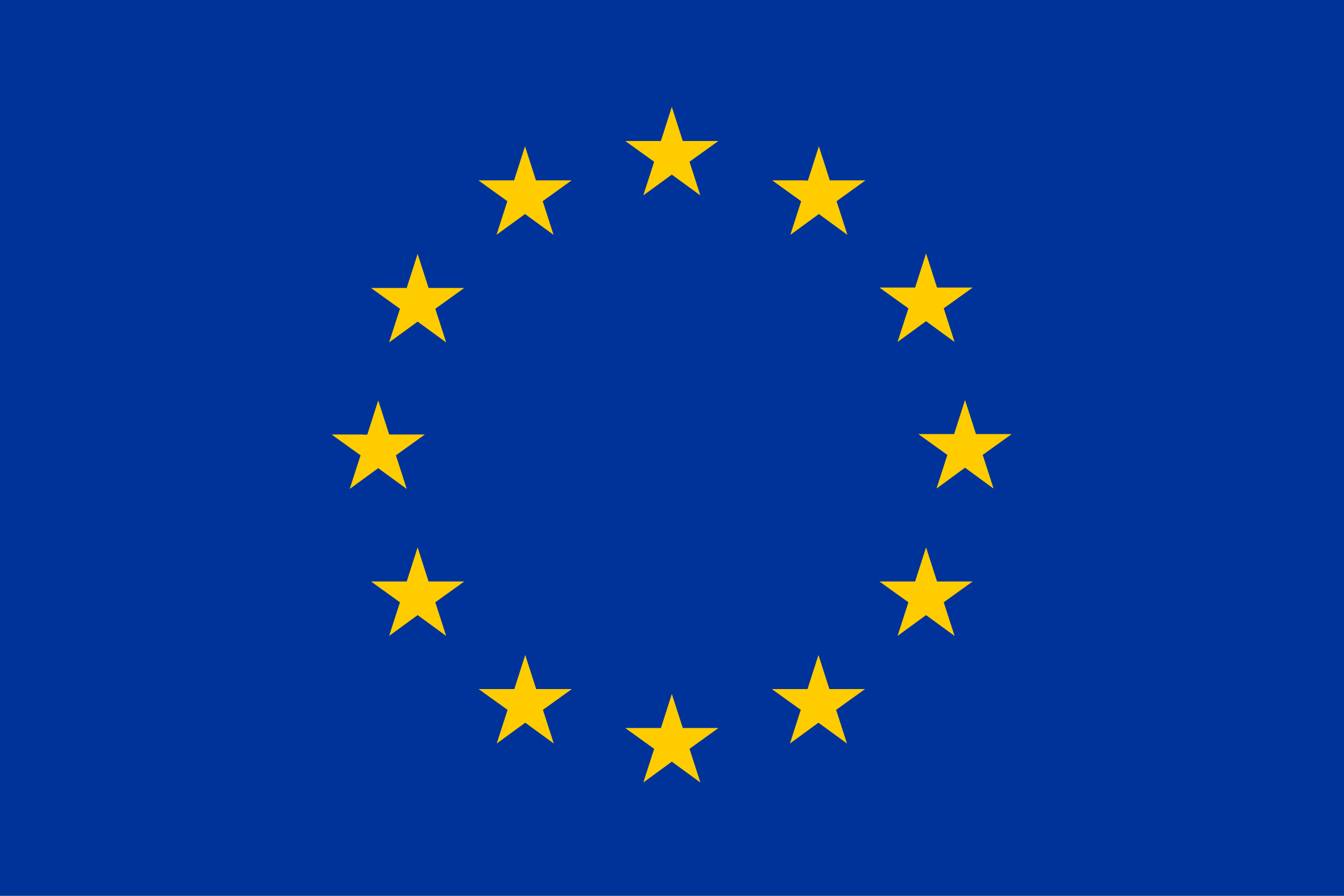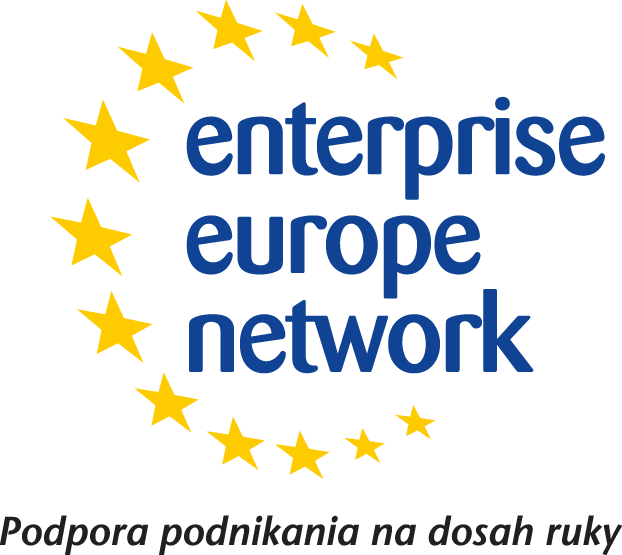Summary:
A Spanish nanoscience and nanotechnology research centre has developed innovative photoinduced thermoluminescent inks to prevent counterfeiting in several industries. The inks are composed of metal nanoparticles, phase change materials (PCM) and fluorescent dyes which respond to near infrared radiation (NIR) producing a change in the optical properties (fluorescence) of the material. Companies cosmetics&pharma, packaging, banknotes... are sought for research collaborations or license agreements.
Description:
The Catalan (Spanish) research centre is a non-profit global leader organization, focused on the newly-discovered physical and chemical properties that arise from the behaviour of matter at the nanoscale. The research group is run by a team that accumulates on average more than 10 years of experience in chromogenic and emissive materials and more than 10 industrial projects with different companies.
Counterfeiting has increased in the last few years with the boom of the e-commerce and online marketplaces. The spread of counterfeit goods is worldwide, with the International Chamber of Commerce (ICC) having estimated in 2018 the global value of all counterfeit goods at $1.77 trillion. However, this is not only an economical problem; it can imply healthy issues when pharmaceutical or nutraceutical products are falsified. For this reason, security inks exist, which have been improving with technological advances within the years. Nevertheless, criminals always find a way to copy new technologies and there is a continuous demand for novel smart inks.
The research centre has developed a novel revolutionary smart ink based on nanotechnology to prevent counterfeiting. The ink is made of three main components:
- metal nanoparticles
- PCM and
- Fluorescent dyes
and it responds to the NIR radiation, which is invisible to human eye, changing its fluorescence optical properties (Figure 1). The colour of emission and the time to return to the initial state can be easily tuned by changing the nature of one of the components, thus allowing the customization of the smart ink upon the user needs and requirements. The smart ink developed by the research centre is more difficult to copy than existing security inks in the anti-counterfeiting market due to its high degree of complexity and easy tunability. Additionally, is very easy to test due to detection with easy to handle NIR laser and UV lamp devices.
The research centre is looking for companies interested in leading proof of concept studies to validate the technology for concrete applications under a research collaboration or willing to bring the technology onto the market under a license agreement.
Type (e.g. company, R&D institution…), field of industry and Role of Partner Sought:
The research centre is looking for companies from the cosmetics & pharma, packaging, banknotes, ID documents or luxury brands sectors interested in either licensing the patent or leading proof of concept studies to validate the technology in relevant environmental conditions under a research cooperation agreement..
Stage of Development:
Prototype available for demonstration
Comments Regarding Stage of Development:
The components mixture opportunely assembled in aqueous suspension and in paper is already validated at levels of response to NIR and multi-functionality (reversible/irreversible emission changes). Changes can be tuned to fade from hours to less than 5 seconds.
IPR Status:
Patent(s) applied for but not yet granted
Comments Regarding IPR Status:
European Patent filed on December 5th, 2019.
External code:
TOES20210125001



